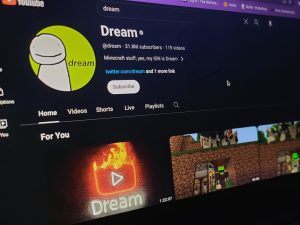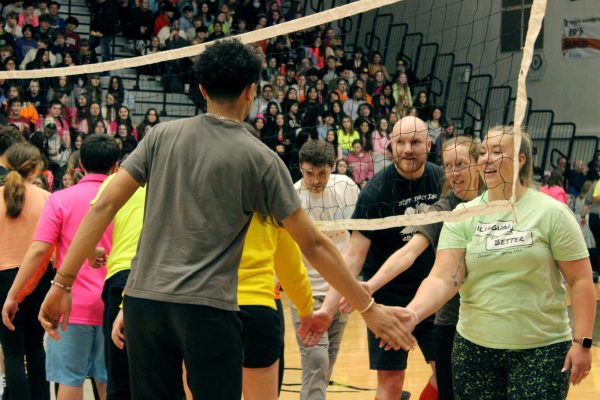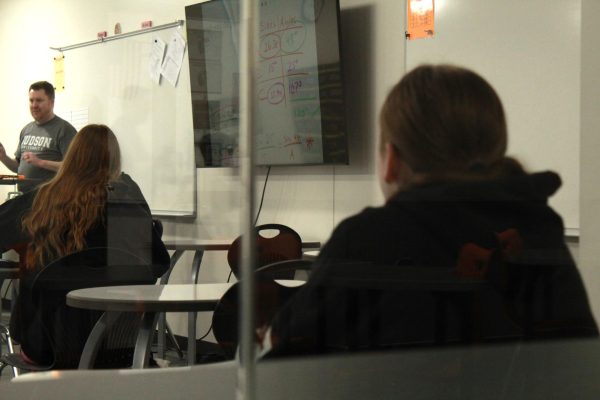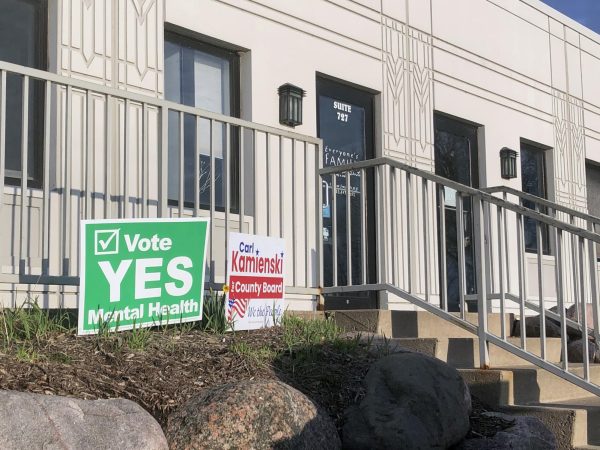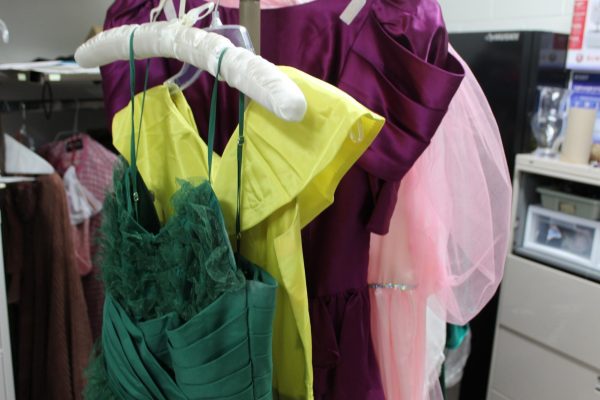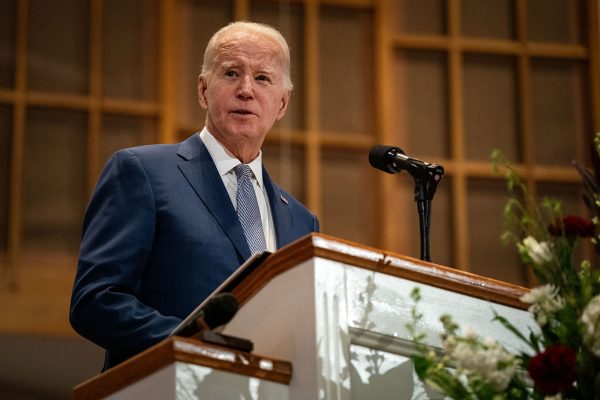District 156 plans hybrid model for second semester
Students have until January 8 to opt-in to hybrid learning or remain remote until spring break
KAdams Photo
Students at East and West Campus will be able to opt-in to a hybrid learning plan, which will begin at the beginning of second semester. Students who choose to remain remote can opt-in later in the semester if they wish.
December 18, 2020
District 156 hopes to begin their “MCHS Orange/Black Hybrid Model” starting January 20, the first day of second semester, if the metrics allow.
“I am cautiously optimistic about transitioning to a hybrid model on January 20,” said Ryan McTauge, Superintendent of District 156, in an email sent to parents and teachers. “However, if we are unable to transition at that time, we want to be well prepared to make that transition as soon as the opportunity presents itself.”
The hybrid model that MCHS hopes to operate has undergone changes throughout the pandemic to ensure the maximum safety of students and staff. The most recent change to this hybrid model was in regard to students who choose to opt-out of returning for hybrid learning. Students who choose to remain to continue with full digital learning are now able to opt back into the hybrid learning model during the semester.
To opt-out of hybrid learning, students must have a Digital Learning Waiver Form signed and turned in by January 8. After spring break, “students who select the alternative education experience will be allowed to return to in-person learning,” states the hybrid plan.
The hybrid learning schedule has otherwise reminded the same since it underwent major changes in the fall after the school metrics did not allow MCHS to return for hybrid learning in November.
This model consists of “orange days” on Mondays and Wednesdays and “black days” on Tuesdays and Thursdays. Students will be “separated by the alpha of their last name and will alternate every other day from in-person to remote instruction,” the plan states. On orange days, students with last names A-La will learn in-person while students with last names Le-Z will be in-person on black days.
Fridays will be synchronous days for all students where they will attend all eight periods via video call.
Under the hybrid model, “MCHS will be running a revised modified early dismissal bell schedule,” states the hybrid plan. On this schedule, East campus will begin at 7:25 AM and West Campus will begin at 7:35 AM. Periods will be 40 minutes long and AIM has been eliminated.
“The basic purpose of the MCHS Orange/Black Hybrid Model is to reduce the overall daily student population by 50% while ensuring that teachers and students meet face-to-face at least twice a week,” states the hybrid plan.
“I do believe in the power of the connection that students have with their school and [the connection] that students have with their teachers and one another,” said McTague. “I think that that consistency between synchronous and asynchronous and then digital instruction, that blend, is going to serve our students very well especially those that, definitely can benefit from that connection of physically being in the building, at least two days a week. I think this is going to be really really important.”
If MCHS does not transition into a hybrid model on January 20, they will make the transition on February 1 if the metrics allow. The metrics for hybrid learning include an incident rate of 7-14 per 100,000 per day, a test positivity rate between 5-8%, and the weekly count of new cases increase should be stable or decreasing in order to transition from virtual to hybrid learning.









